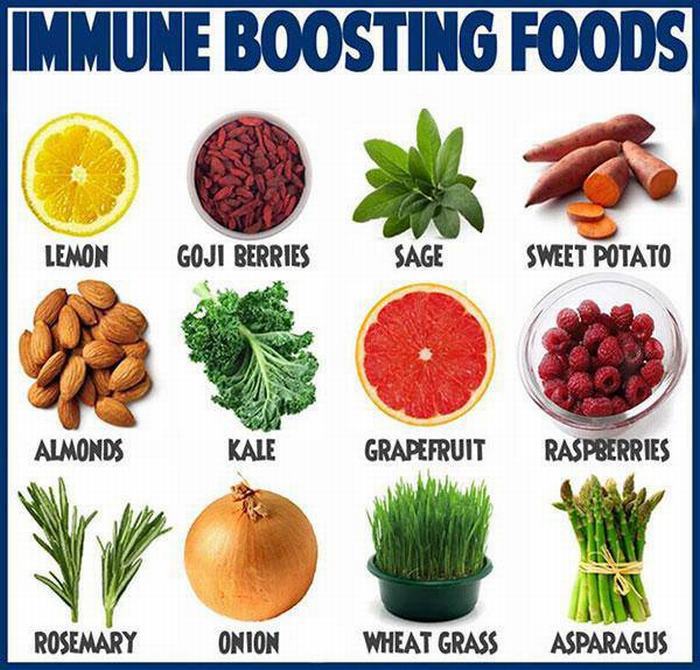
Kickstart Your Fitness Journey Beginner’s Mobility Routine
Introduction
Embarking on a journey towards fitness is both exciting and daunting, especially for beginners. One crucial aspect often overlooked is mobility. Often overshadowed by strength and endurance training, mobility plays a fundamental role in overall fitness and well-being. In this article, we’ll delve into the importance of a full-body mobility routine for beginners, highlighting its benefits and providing practical insights into incorporating it into your fitness regimen.
Understanding Mobility: The Foundation of Movement
Mobility refers to the ability to move freely and efficiently through a full range of motion without restriction. It encompasses flexibility, stability, and control, essential components for performing daily activities and exercise with ease. Unlike flexibility, which focuses solely on the length of muscles and joints, mobility encompasses the quality of movement, ensuring smooth and functional motion in all directions.
Benefits of a Full-Body Mobility Routine
- Enhanced Performance and Functionality
A comprehensive mobility routine lays the groundwork for improved performance in various physical activities, from strength training to sports. By enhancing joint mobility and muscle flexibility, individuals can move more efficiently, reducing the risk of injury and maximizing their potential in both athletic endeavors and everyday tasks. - Injury Prevention and Rehabilitation
Poor mobility can lead to imbalances, compensations, and ultimately, injuries. By addressing mobility deficits early on, beginners can mitigate the risk of common injuries associated with physical activity. Moreover, a targeted mobility routine can aid in the rehabilitation process, promoting recovery and preventing recurring injuries. - Improved Posture and Alignment
Sedentary lifestyles and prolonged sitting contribute to poor posture and musculoskeletal imbalances. A full-body mobility routine helps counteract these effects by promoting proper alignment and posture. By addressing tight muscles and restricted joints, individuals can alleviate tension and maintain optimal spinal alignment, reducing the risk of chronic pain and discomfort.
Getting Started: Essential Components of a Full-Body Mobility Routine
- Dynamic Warm-Up
Begin your routine with a dynamic warm-up to increase blood flow, activate muscles, and prepare the body for movement. Incorporate dynamic stretches and mobility drills that target major muscle groups and joints, such as leg swings, arm circles, and hip rotations. - Joint Mobility Exercises
Focus on improving joint mobility through a series of exercises that target specific areas of the body, including the spine, hips, shoulders, and ankles. Include movements that promote both flexibility and stability, such as cat-cow stretches, hip circles, shoulder dislocations, and ankle mobilizations. - Functional Movement Patterns
Integrate functional movement patterns that mimic real-life activities and promote full-body coordination and stability. Examples include squats, lunges, hinges, and rotations, performed with proper form and control. Emphasize quality of movement over quantity, ensuring smooth and controlled motion throughout each exercise. - Static Stretching and Myofascial Release
Conclude your routine with static stretching and myofascial release techniques to further improve muscle flexibility and reduce tension. Target tight areas with static stretches held for 20-30 seconds, focusing on major muscle groups such as the hamstrings, quadriceps, calves, chest, and shoulders. Additionally, incorporate foam rolling or self-massage to release knots and adhesions in the muscles and fascia.
Incorporating Mobility into Your Fitness Regimen
Consistency is key when it comes to reaping the benefits of a full-body mobility routine. Aim to incorporate mobility exercises into your daily or weekly workout routine, dedicating at least 10-15 minutes to mobility work before or after your main workout. Listen to your body and adjust the intensity and duration of your routine based on your individual needs and fitness level.
Conclusion
By prioritizing mobility from the outset of your fitness journey, beginners can lay a solid foundation for long-term health and wellness. Remember, mobility is not a destination but a continuous journey of self-discovery and improvement. With dedication, consistency, and patience, you can unlock your body’s full potential and move with grace, strength, and confidence. Read more about full body mobility routine beginner












